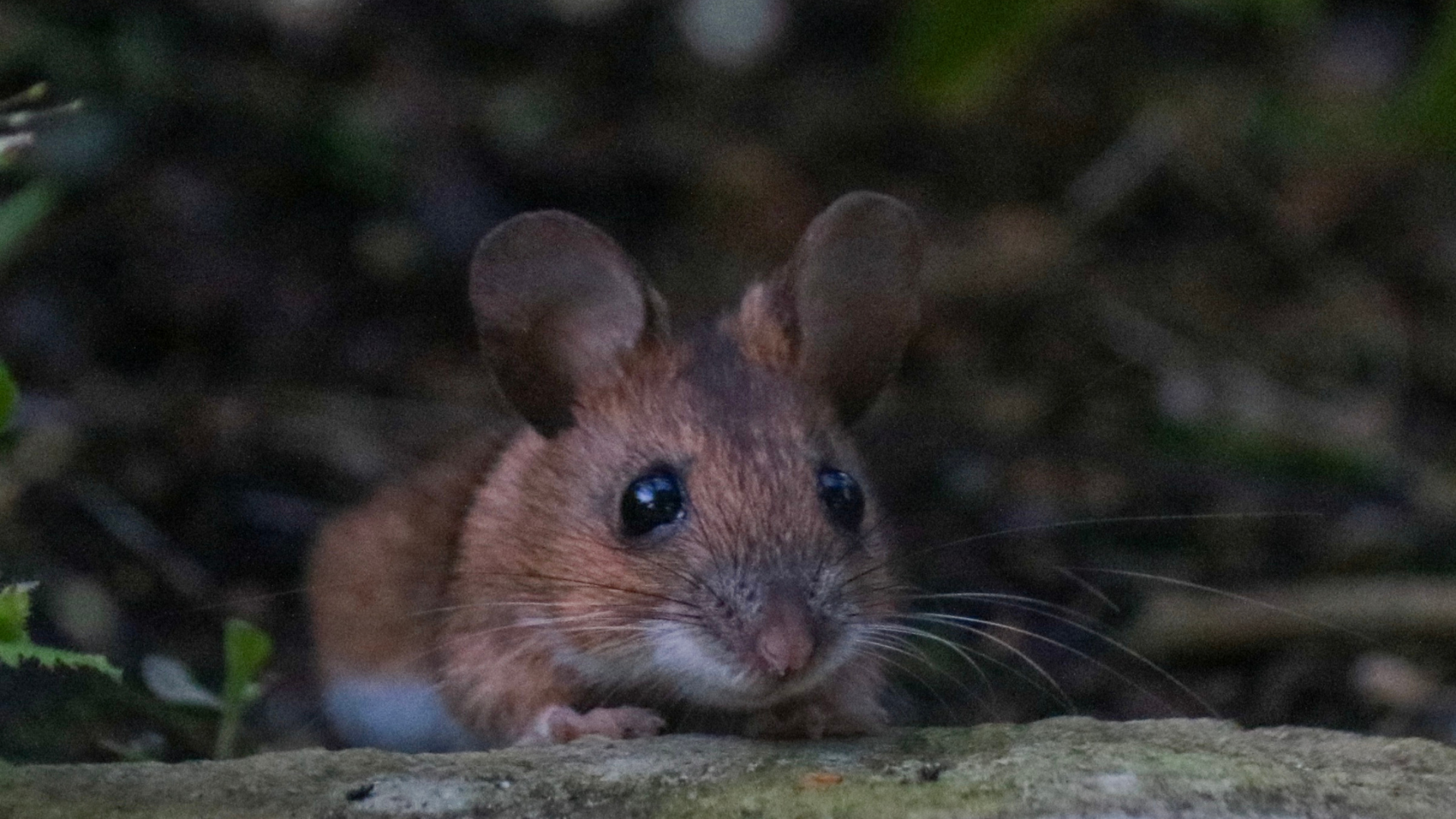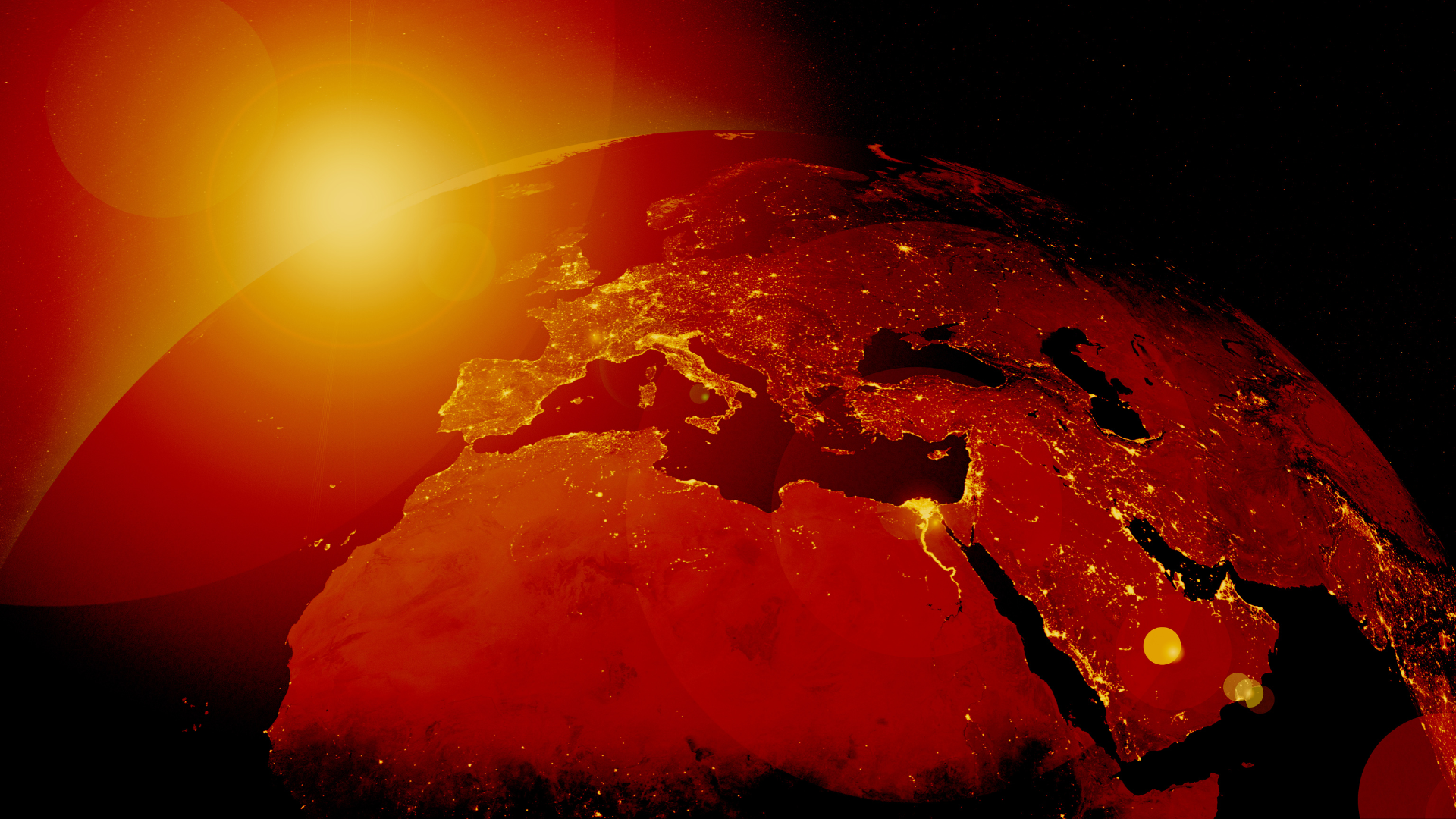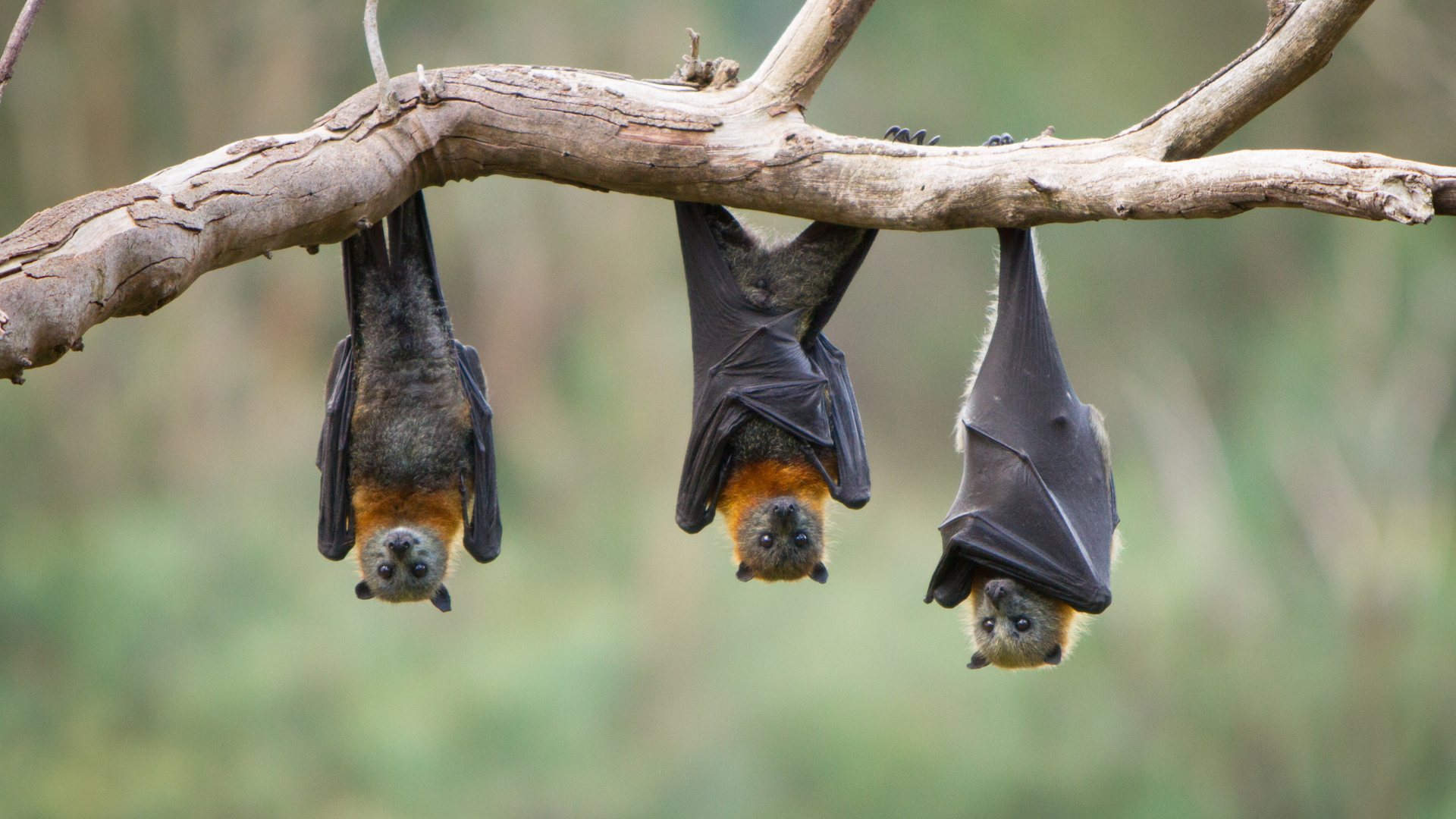Why Nature Walks Are Scientifically Proven to Reduce Anxiety: Exploring the Mental Health Benefits
Nature walks have gained attention as a powerful remedy for anxiety and stress management. Studies indicate that spending time in natural environments can lead to significant reductions in anxiety levels. Engaging in nature walks not only promotes physical health but also enhances mental well-being by providing a serene escape from daily stressors.
The benefits of immersing oneself in nature are supported by scientific research. Exposure to green spaces has been linked to lower cortisol levels and increased feelings of relaxation and calm. As individuals take in the sights and sounds of the outdoors, they often experience a shift in their mental state, allowing for clearer thinking and a greater sense of peace.
In a world where anxiety rates continue to rise, integrating regular nature walks into one’s routine can be a simple yet effective strategy for improving mental health. The connection between nature and well-being underscores the importance of making time for the outdoors, ultimately fostering a healthier and more balanced life.
Scientific Evidence Linking Nature Walks and Reduced Anxiety
Research indicates a strong connection between time spent in nature and improved mental health. Numerous studies highlight how nature exposure can effectively reduce anxiety levels and enhance overall well-being. The following sections provide detailed insights into significant research findings and methodologies used in these studies.
Major Studies on Nature Walks and Mental Health
Several key studies have examined the effects of nature-based therapy on anxiety and mental well-being. One notable review published in Environmental Science & Technology assessed participants who engaged in nature walks, revealing a marked decrease in anxiety symptoms compared to those who remained indoors.
Another significant study conducted by researchers at Stanford University indicated that individuals who walked in natural environments exhibited lower levels of rumination, a key contributor to anxiety. Participants reported feeling more relaxed, focused, and balanced mentally after their nature experiences.
Key Findings on Anxiety Reduction
The findings demonstrate consistent benefits of nature exposure on mental health. Research indicates that even short durations of nature walks can lead to positive changes in mood and feelings of calmness.
Among participants in various studies, anxiety scores dropped significantly following nature walks. Many reported a sense of connection to their environment, which contributed to feelings of safety and reduced stress.
Moreover, exposure to nature has been shown to lead to physiological changes, such as reduced heart rate and lower levels of cortisol, the stress hormone, further indicating its impact on anxiety reduction.
Understanding Intervention Methods
Nature prescriptions and structured nature-based therapies are increasingly being integrated into mental health treatment plans. These interventions often involve guided walks in parks, forests, or other natural settings, focusing on mindfulness and appreciation of one’s surroundings.
Professionals in mental health emphasize the importance of regular nature experiences as a complement to traditional therapies. Programs vary in structure, but they commonly include techniques that promote awareness of nature’s calming effects.
By utilizing these methods, individuals can actively engage with their environments, fostering a deeper sense of peace and reducing anxiety.
The Mechanisms Behind Nature’s Impact on Anxiety
Exploring the mechanisms by which nature influences anxiety reveals several physiological and psychological pathways. These pathways include stress relief through hormonal changes, cognitive restoration, and benefits to the nervous system.
Stress Relief and Cortisol Reduction
Engaging with natural environments leads to a significant reduction in cortisol levels, a hormone associated with stress. Research indicates that being in nature can lower cortisol levels, promoting a relaxed state.
Key findings include:
- Exposure to natural scenes reduces the activation of the sympathetic nervous system.
- Lower cortisol levels correlate with a decrease in anxiety symptoms.
Participants who walked in green spaces reported feeling less stressed compared to those in urban settings. This highlights nature’s role in easing the body’s stress response.
Restoration of Attention and Cognitive Fatigue
Attention Restoration Theory (ART) explains how natural environments can restore cognitive function. Nature offers opportunities for ‘soft fascination,’ which allows the mind to rest and recover from cognitive fatigue.
Effects of nature on cognitive function:
- Short walks in nature can enhance attention span and overall cognitive performance.
- Engaging with nature reduces mental fatigue, improving focus and creativity.
These restorative effects are especially beneficial in combating anxiety, as cognitive overload often exacerbates anxious feelings and depressive symptoms.
Physiological Effects on the Nervous System
Nature’s calming influence positively affects the autonomic nervous system. Time spent outdoors can transition individuals from a fight-or-flight response to a more balanced state.
Physiological impacts include:
- Increased activity in the parasympathetic nervous system, which promotes relaxation.
- Improved blood pressure regulation and heart rate variability, associated with lower anxiety levels.
These changes contribute to a sense of well-being, as the nervous system becomes more resilient to stressors. Nature provides an essential buffer against anxiety-inducing stimuli.
Nature Walk Factors That Influence Anxiety Reduction
Several factors play a critical role in the effectiveness of nature walks for reducing anxiety. These factors include the type of environment, the accessibility of green spaces, the duration and frequency of walks, and the influence of community and social connections.
Urban Versus Natural Environments
Research indicates that walking in natural environments significantly reduces anxiety compared to urban settings. Natural settings, characterized by greenery and open spaces, often provide a calming atmosphere that promotes relaxation.
- In contrast, urban areas typically feature concrete structures and high noise levels, which can heighten stress.
- Studies show lower levels of cortisol, a stress hormone, in individuals who walk in parks or forests compared to those in bustling city environments.
Nature’s calming effects can lead to improved mental health outcomes.
Accessibility of Green Spaces
Access to green spaces is crucial for individuals seeking anxiety relief through walking. Availability of parks, gardens, and other natural environments affects engagement in outdoor activities.
- Those with easy access to green spaces are more likely to participate in regular walks.
- Urbanization has led to reduced accessibility in some areas, making it harder for individuals to find nearby parks or community gardens.
Ensuring that urban planning includes ample green areas can promote mental well-being.
Duration and Frequency of Walks
The duration and frequency of nature walks are important factors in determining their impact on anxiety levels. Regular engagement in walking can enhance its benefits.
- Short, daily walks are often more effective than infrequent, longer hikes.
- Studies suggest that even a 20-minute walk in a natural setting can yield positive effects on mood and anxiety levels.
Consistency in outdoor activity allows for ongoing mental health benefits.
Role of Community and Social Connection
Social connection while participating in nature walks can magnify their positive effects on anxiety. Engaging in group walks fosters a sense of community and support.
- Community gardens and group walking events encourage social interaction, which is essential for mental well-being.
- Individuals participating in nature-based activities often report lower anxiety levels due to shared experiences and connections forged outdoors.
Building social ties through these activities can amplify the psychological benefits of nature.
Broader Health Benefits of Nature Walks
Nature walks offer various health benefits beyond anxiety reduction, influencing cognitive function, chronic disease management, and fostering inclusivity in health. Engaging with natural environments promotes physical activity, which is essential for overall well-being.
Cognitive and Memory Improvement
Regular exposure to nature has been linked to enhanced cognitive functions, including memory and attention. Studies show that spending time outdoors can improve focus and creativity.
Engaging in nature-based activities stimulates brain activity, promoting neurogenesis, which is the formation of new neurons. Physical activity during walks increases blood flow to the brain, supporting cognitive health.
Benefits include:
- Increased attention span.
- Better memory retention.
- Enhanced problem-solving skills.
These cognitive improvements are especially vital for older adults, helping to maintain mental acuity as they age.
Long-Term Outcomes for Chronic Disease
Nature walks can significantly influence long-term health outcomes, particularly for chronic diseases such as cardiovascular disease and diabetes. Regular physical activity has been proven to lower blood pressure and improve cholesterol levels.
Patients with chronic illnesses who engage in nature walks often report better health management. This activity encourages a more active lifestyle, reducing risk factors associated with these diseases.
Key impacts on chronic disease include:
- Improved cardiovascular health.
- Enhanced immune function.
- Better weight management.
These outcomes contribute to increased longevity and improved quality of life for individuals facing chronic health challenges.
Supporting Health Equity and Inclusion
Nature walks play a crucial role in addressing health inequalities tied to socioeconomic status. Access to green spaces can enhance the quality of life for underrepresented communities.
By promoting nature-based activities, these communities can experience improved health outcomes. Nature walks foster a sense of belonging and community engagement, encouraging social interaction.
Community benefits include:
- Strengthened social networks.
- Reduced feelings of isolation.
- Increased overall well-being.
This approach highlights the importance of making natural spaces accessible to all, thereby promoting equity in health opportunities.









